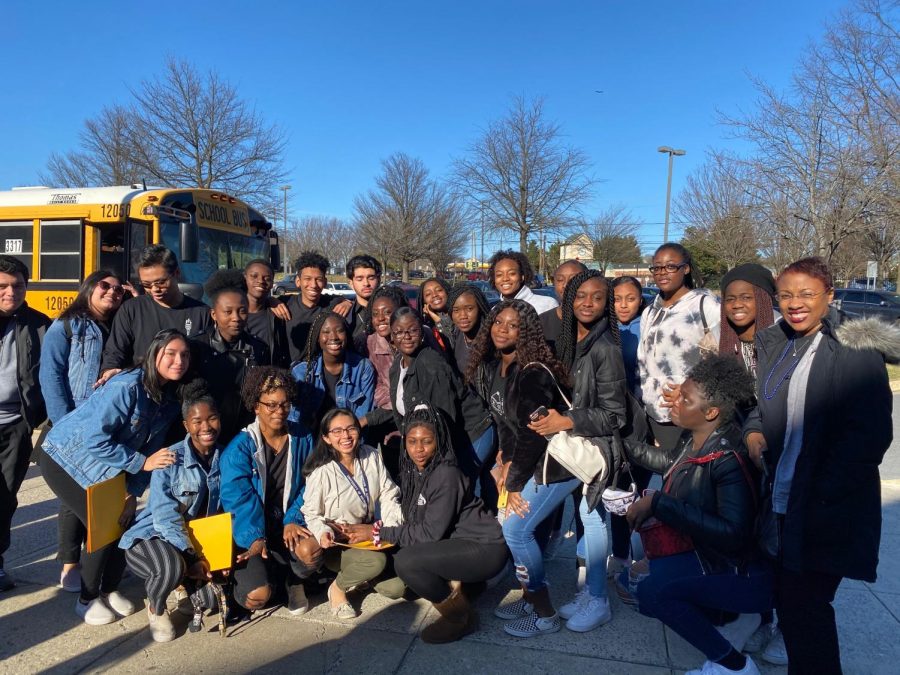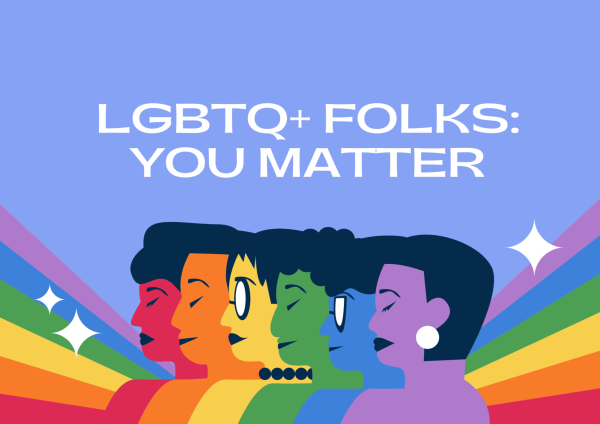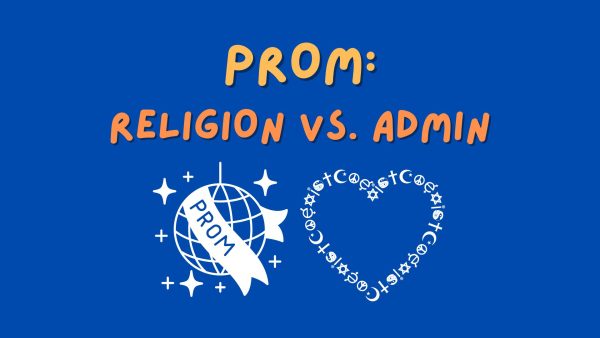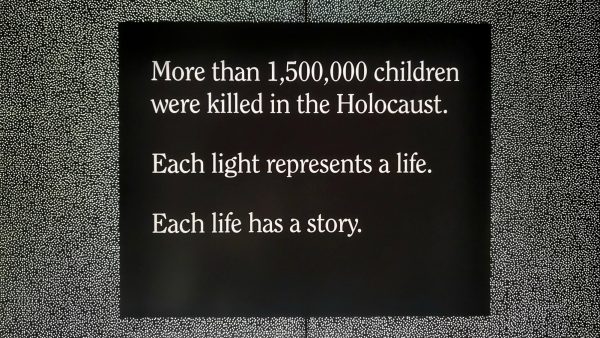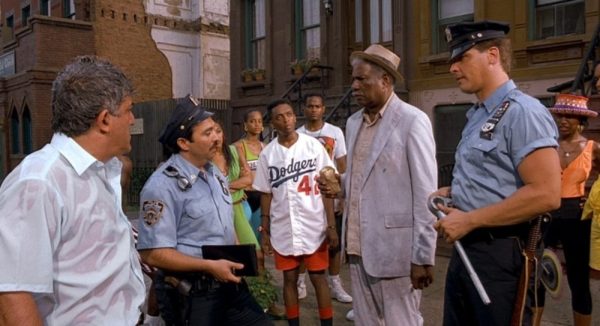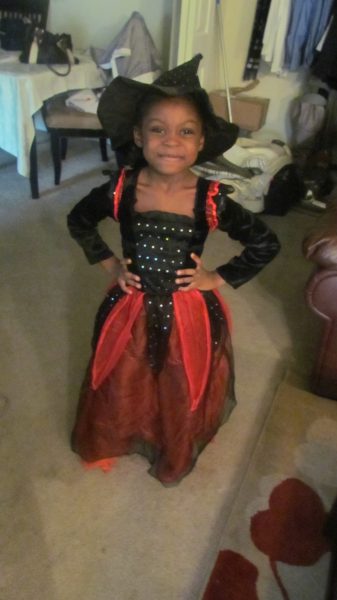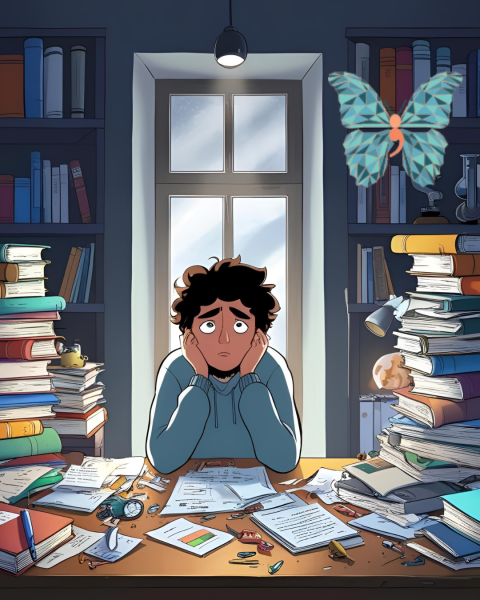Diversity in the classroom matters for all students
The Minority Scholars Program hosted a retreat to help students understand the value of diversity in schools and classrooms.
Throughout my life, I have been lucky enough to live in an area that takes pride in the amount of diversity there is. My peers and people all around me come from different backgrounds and cultures.
I have connected with people whom I wouldn’t have if I didn’t live in an environment that encourages me to look past our differences and to find the aspects that unite us. Yet, I was shocked to learn that there is still so much change that needs to be done.
On Saturday, March 7, I attended a county-wide Minority Scholars retreat that focused on the inequalities that minorities face. There were four sessions, each tackling a different subject related to issues that minorities face. Throughout the course of each session, I kept hearing the same thing from students all across the county: there is not enough diversity in the classroom.
Not only did students say there isn’t enough diversity within their peers in AP and IB classes, but many students feel that there isn’t enough diversity within their educators. In a community that prides itself on being diverse, you would think that it would be reflected in their educational system but it isn’t. It should be.
One of the moments that stood out to me the most was when a presenter asked my group how many minority teachers we have had throughout our educational careers, a majority of us could only count a handful of teachers and some students even said they have never been taught by a minority teacher.
Having educators who come from different backgrounds and cultures is important. Students should be able to connect with their educators and feel like they can relate to them. It can be hard for students to talk to their teachers or even participate in class if they don’t feel like they can openly communicate with their teachers.
Beyond that, students should have diverse authority figures in their lives. It is important to show students across the county that any person, regardless of skin color, can be a role model to others or succeed in a professional setting.
Students should be exposed to people who come from different backgrounds because that’s how you learn from others—it’s how you can break the divide and unite people. If students never get the chance to meet and engage with people from different backgrounds, how will students connect with people who are different from them?
Students also expressed how little diversity they see in AP and IB classrooms. Minorities have the same capabilities to succeed in a rigorous environment and should be encouraged to take these classes, not turned away.
A lack of diversity shouldn’t be something that we see in classrooms and it shouldn’t be something we turn a blind eye to, it’s how you connect with others, understand different perspectives, and grow in an environment that pushes you to get to know people with different experiences. It’s time we acknowledge minorities in our school systems, not ignore them.
Your donation will support the student journalists of Watkins Mill High School. Your contribution will allow us to purchase equipment and cover our annual website hosting costs.
Gisell Maravi is a Junior at Watkins Mill High School and the News Managing Editor for The Current. Gisell is planning on attending the University of Maryland...



